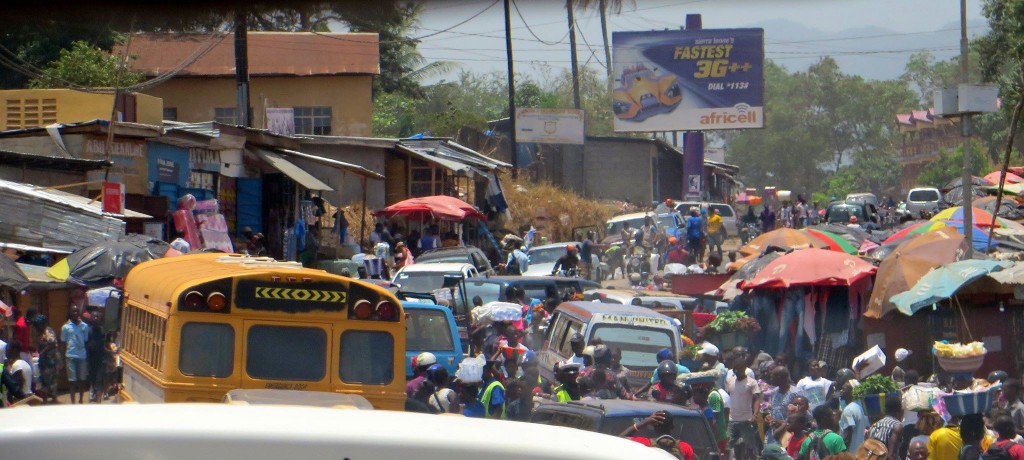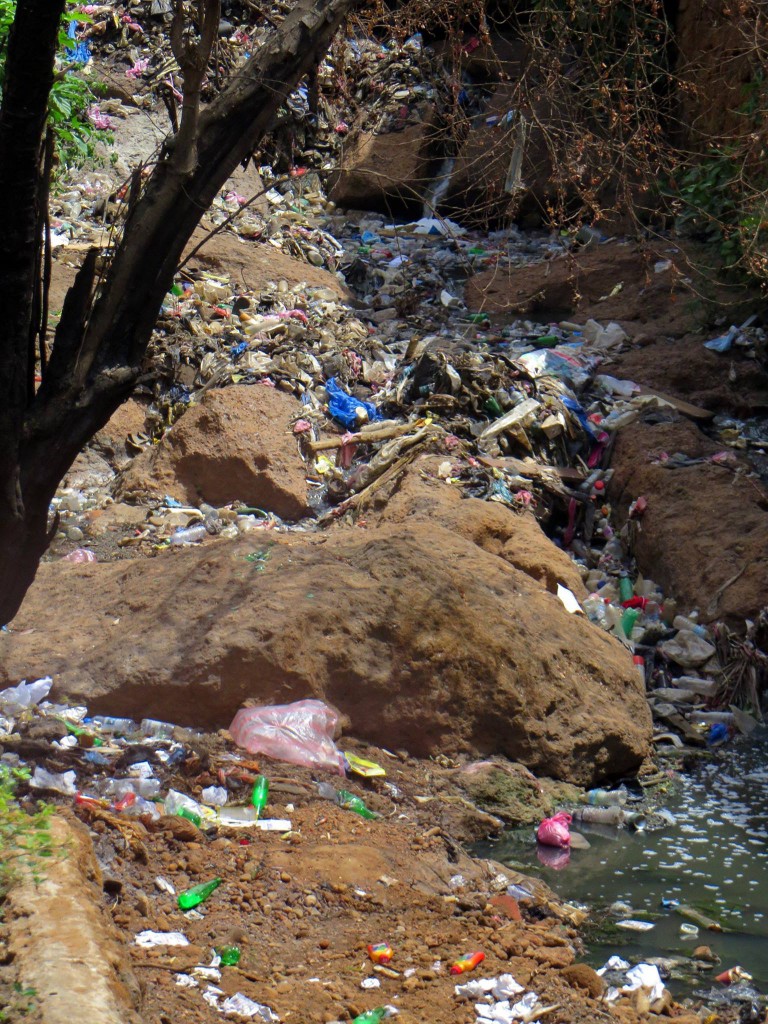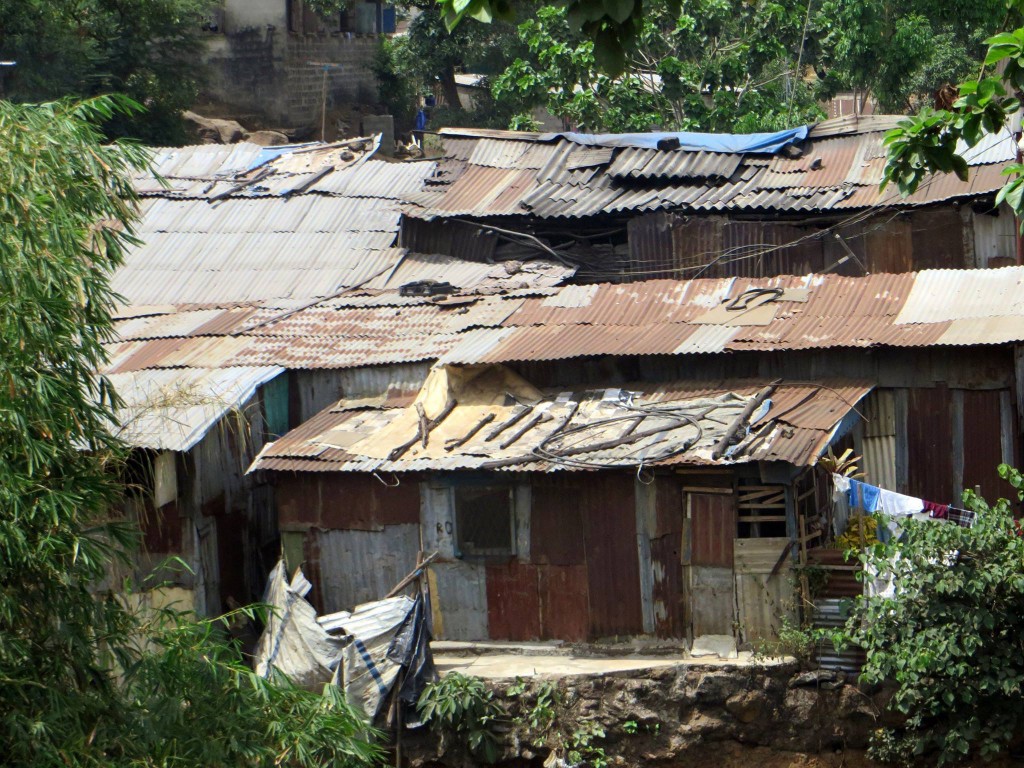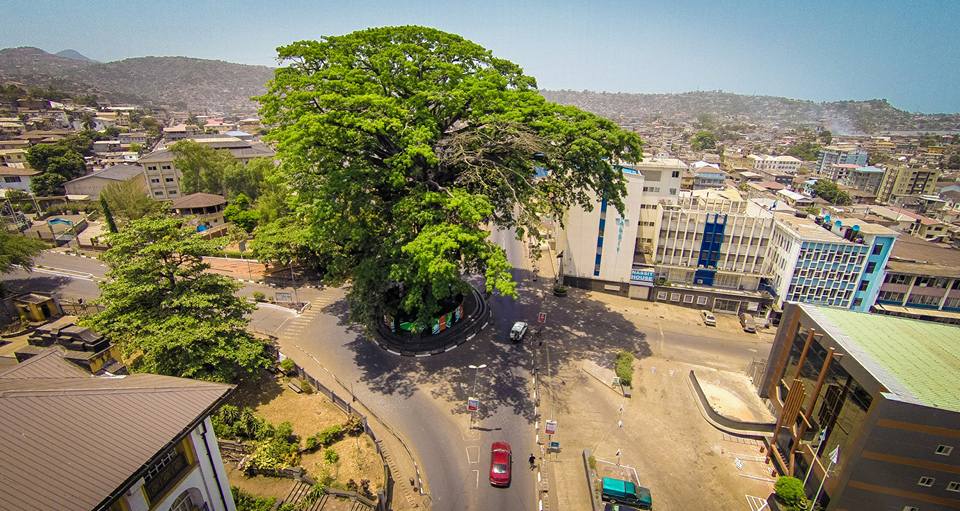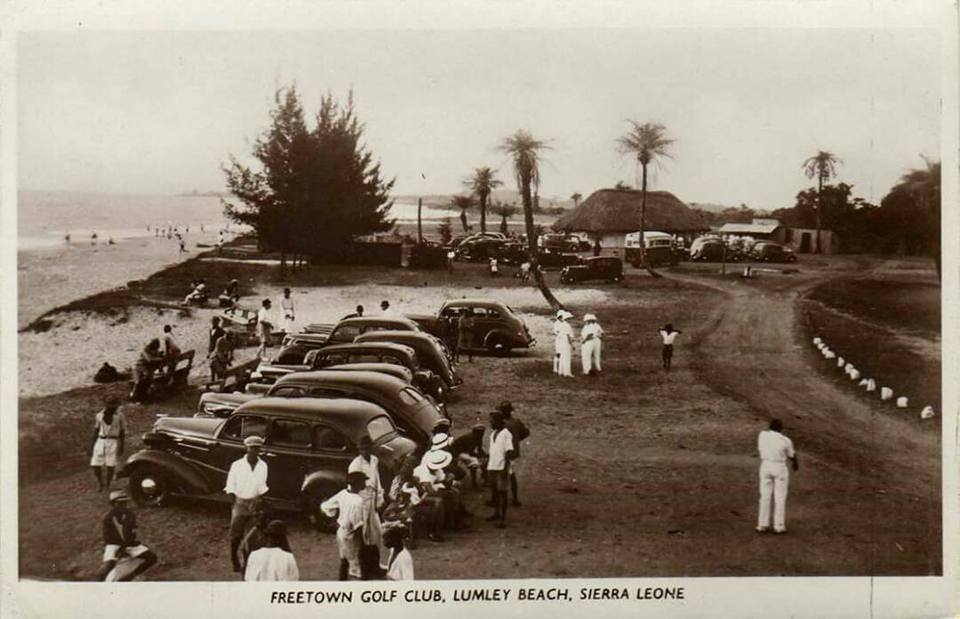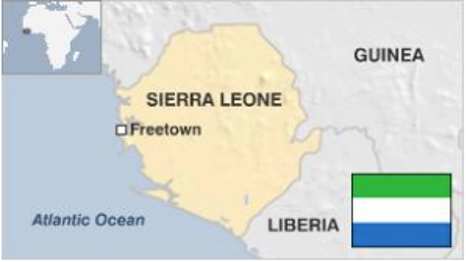Sierra Leone
Brief History of Sierra Leone
Sierra Leone is a small country on the coast of West Africa. Although well off the tourist trail, it is unrivalled in the natural beauty of its beaches and tropical forest, and its vibrant friendly people.
The history of the country is closely tied to the transatlantic slave trade. It was the departure point for thousands of west African captives during the seventeenth and eighteenth centuries, and when slavery was abolished, the capital, Freetown, was founded as a home for repatriated former slaves.
The recent history of Sierra Leone has been overshadowed by a brutal civil war, which raged between 1991 and 2002. During this time more than 50,000 people died and over two million were displaced.
Despite this devastation, since 2002 the country has been on a path to rebuild itself as a peaceful, democratic country striving for long-term sustainable development.
However, in the spring of 2014 the Ebola epidemic struck Sierra Leone. Over the following 21 months, nearly 4,000 people died, along with another 10,000 confirmed cases. Due to the highly contagious nature of Ebola, ending the epidemic led to high levels of disruption and came at a huge cost. The country’s economy, which had been making gains since the end of the civil war, took another hit. Levels of employment and income, and the security of food, were all badly affected. As of 2018, Sierra Leone’s economy has still not achieved pre-Ebola levels.
It’s no surprise then that Sierra Leone remains firmly in the lowest category of global economic development. It is chronically poor – one of the poorest countries in the world.
Below are some basic statistics about the country:
· Population 7.1 m (2015 census)
· Gross National Income (GNI) per person $490 (UK = $41,770) (World Bank, 2018) *
· Human Development Index rank 179 / 188 countries **
· Life Expectancy at birth 59 years
· Youth (aged 15-35) Unemployment or Underemployment 70%
· Literacy estimated at around 50%
[Statistics from the United Nations Development Programme (UNDP)]
* GNI Per Capita is the total income earned by a nation’s people and businesses, including money received from abroad such as foreign investment and economic development aid.”
** Human Development Index is a combination of life expectancy, education, and per capita income, used to rank countries in terms of human development
Disability in Sierra Leone
The definition of disability used in national policies, legislation and disability statistics vary significantly throughout the world.
The UN Convention on the Rights of Persons with Disabilities recognises the cultural and economic differences in which national definitions of disability operate and does not seek to provide an overarching definition. Instead, it simply states:
“Persons with disabilities include those with long-term physical, mental, intellectual or sensory impairments which in interaction with various barriers may hinder their full and effective participation in society on an equal basis with other[s]” (Article 1).
Reliable up-to-date figures on disability in Sierra Leone are hard to come by. The United Nations 2011 report on disability states that around 15% of the population of developing countries could be disabled. In a population of seven million, that is around one million people who are likely to be disabled.
In a country which is already challenging to live in, disabled people in Sierra Leone face additional disadvantage and considerable prejudice. A 2009 study by Leonard Cheshire Disability into urban disability in Sierra Leone concluded that:
· 50% of women and 34% of men have never been to school
· Only one third of disabled respondents of working age are in employment.
· 69% of disabled people of working age report having no income at all
· 16.4% have no access to healthcare
· 39% don’t participate in social events
Source: Trani, J.; Bah, O.; Bailey, N.; Browne, J.; Groce, N.; Kett, M. (2010). Disability In and Around Urban Areas of Sierra Leone. Leonard Cheshire Foundation https://www.researchgate.net/publication/320757193_Disability_in_and_Around_Urban_Areas_of_Sierra_Leone
It is not surprising that disabled people in Sierra Leone constitute a significant percentage of those living in abject poverty. Many have no choice but to turn to begging to survive. This perpetuates the perception that disability is linked to poverty and re-enforces the prejudice persons with disabilities already experience.

